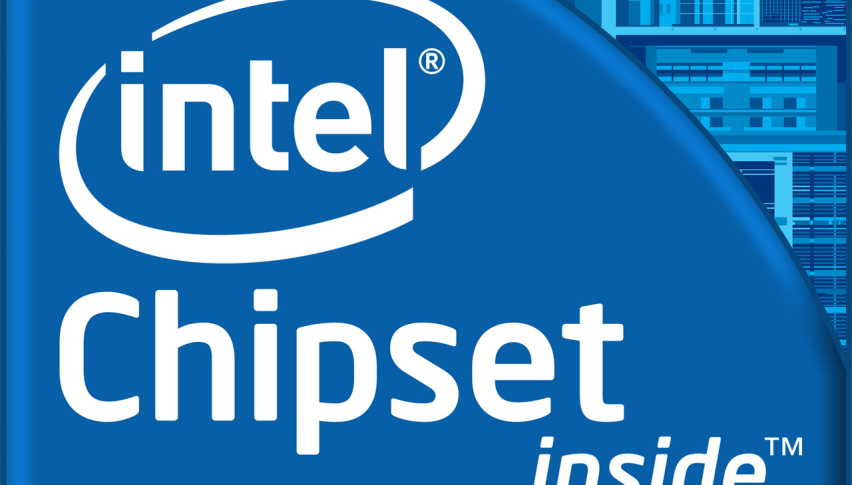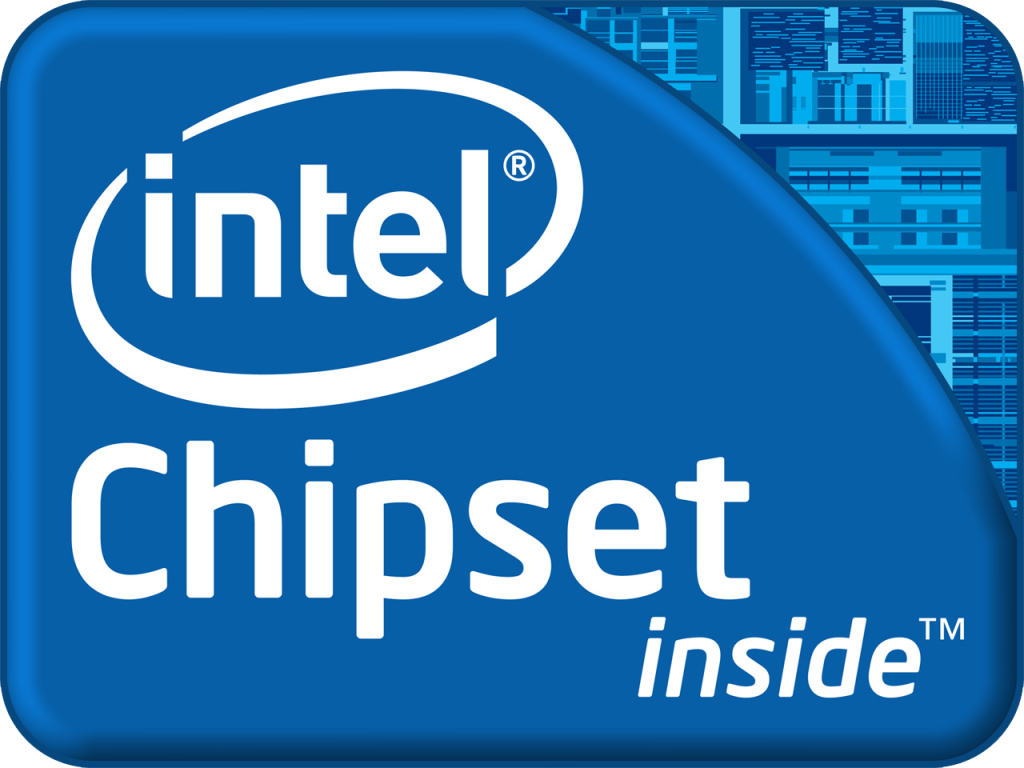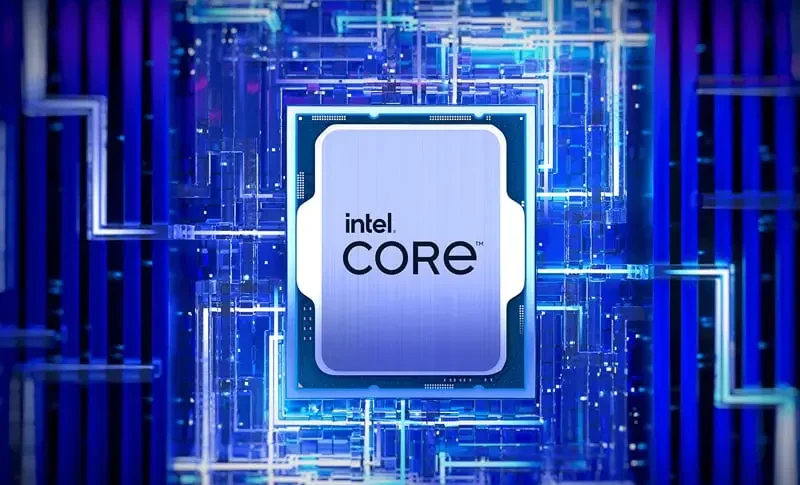Intel Stock Rises on Tariffs, TSMC Deal, AMD 9% Dive Leads Nasdaq Crash
Today stock markets crashed lower, with AMD stock falling 9% and leading Nasdaq lower, while Intel stock was the only one to gain.

Live NAS100 Chart
Today stock markets crashed lower, with AMD stock falling 9% and leading Nasdaq lower, while Intel stock was the only one to gain.

The U.S. stock market faced a brutal sell-off today, particularly for companies with supply chains in Southeast Asia. Widespread fears of a recession and the impact of new trade tariffs sent investors fleeing from risk, leading to one of the worst trading days in recent years. While most major tech stocks suffered heavy losses, Intel managed to defy the trend, benefiting from its U.S.-based manufacturing and a potential partnership with Taiwan Semiconductor Manufacturing (TSMC).
Nasdaq and Tech Stocks Take a Hit
The Nasdaq Composite opened with a sharp bearish gap at 18,770 points, down significantly from its previous close of 18,585 points. The sell-off only intensified throughout the session, with the index closing at 16,550.60, down 1,050.44 points (-5.97%)—marking one of its worst days since the pandemic crash of 2020.
AMD Stock Chart Weekly – Sellers Testing the 200 SMA
Among the biggest losers was Advanced Micro Devices (AMD), which saw a staggering 8.9% drop. AMD stock fell from $102.96 to open at $97.79, before continuing its descent to close at $93.82. The stock is now testing the 200-week SMA (purple), a crucial long-term support level. Over the past year, AMD has lost more than 50% of its value, with a sharp 25% decline in just the past three months.
Despite the downturn, AMD is actively expanding its AI infrastructure, as seen in its recent $4.9 billion acquisition of ZT Systems. This deal is expected to boost AMD’s artificial intelligence capabilities and could become accretive to earnings by the end of 2025.
Intel Bucks the Trend, Gains on Tariff Advantages and TSMC Deal
Unlike its semiconductor peers, Intel (INTC) managed to escape the bloodbath. The stock, which has been volatile in recent months, saw an 8.7% intraday rally, closing at $22.42, up nearly 5% from its opening price of $21.40.
Intel’s resilience stems from two key factors:
U.S.-Based Manufacturing Advantage – With most of its competitors relying on China and Southeast Asia for chip production, Intel stands to benefit from the latest U.S. trade tariffs. Increased costs for rivals like AMD and Nvidia give Intel a competitive edge.
Potential TSMC Partnership – Reports emerged today that TSMC is preparing to acquire a 20% stake in Intel’s chip foundry division. This deal would create a joint venture, with TSMC providing expertise and Intel maintaining control over its U.S.-based production facilities. If finalized, this agreement could be a game-changer for Intel, positioning it as a stronger force in the semiconductor industry.
Conclusion
Today’s market action underscores the growing uncertainty surrounding global trade and its impact on corporate profitability. While AMD and most tech giants continue to struggle under supply chain disruptions and recession fears, Intel has positioned itself to capitalize on new trade policies and strategic partnerships. With the Federal Reserve’s next move and economic data releases in focus, investors will be closely watching whether today’s market carnage continues or if a recovery is on the horizon.
Nasdaq Live Chart
- Check out our free forex signals
- Follow the top economic events on FX Leaders economic calendar
- Trade better, discover more Forex Trading Strategies
- Open a FREE Trading Account







